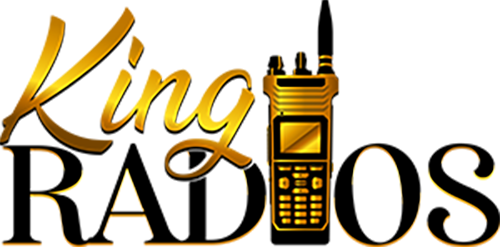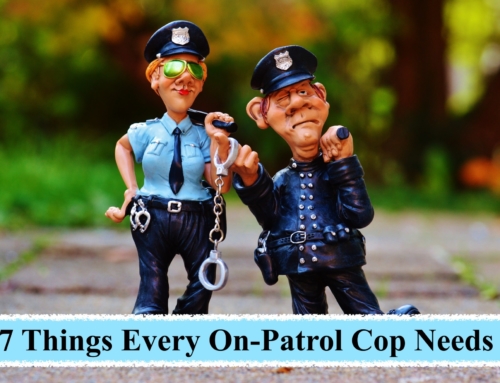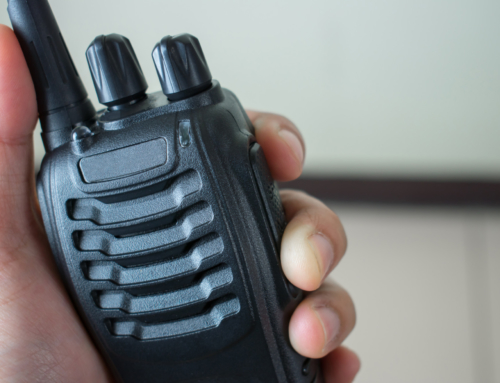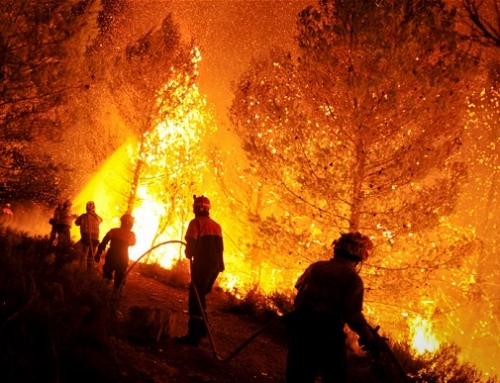Do you remember playing with walkie talkies when you were a kid?
While it may have been great fun, walkie talkies are so much more than a toy. Whether you’re traveling, working, hunting or camping, this handy tool could even save lives.
But if you choose to use a radio, you’ve got to master the walkie talkie language. Because if you start speaking normally, the recipients may hear a mixed message on the other side.
Why should you try walkie talkie codes? And what’s the must-know lingo? Read on for a full guide.
Do you copy? Let’s go!
Why Try the Lingo?
Using walkie talkie lingo may seem a bit comical, can you not just talk normally over the radio?
Radios don’t have the same audio quality as smartphones do. This means if you speak normally, recipients may lose some words on the way. This leads to an unclear transmission, which can be frustrating.
Using radio talk codes and the right lingo makes your message short and sweet. This is essential for people whose lives depend on clear radio communication. For example, the military, firefighters, civilian pilots, and other services.
Standard Walkie Talkie Codes
Walkie talkie language may change according to the field of work. For example, airplane pilots, the police, or movie crews may have variations on the codes. But there are many standardized radio talk codes.
If you use the lingo below, you should be able to communicate with anyone.
Start Right
Beginning a transmission is important, especially if you’re connected with several people. To communicate with the right person use these intros:
- Come in John (Are you there John?)
- Go Ahead (Transmit your message)
- Go for John (Acknowledge “John” wants to contact me and I’m ready to listen)
- Kate Calling John (I, Kate, want to talk with John)
- John, Come In (Are you there John?)
A clear start opens the way to a clear conversation.
Back to Basics
Now you know how to initiate communication you need to know the basic lingo:
- Affirmative (Yes)
- Copy (Message understood)
- Disregard (Ignore the previous transmission)
- Eyes on… (I can see what we’re talking about)
- Negative (No)
- On It (I’m in the process of doing what you asked)
- Roger or Roger That (Message understood)
- Stand By (I’m busy at the moment, I’ll call you asap)
- What’s Your 20? (Where are you?)
Knowing the basic lingo will reduce ambiguity and they’re more likely to get the message.
Communication Issues
Now and again you’ll have communication issues. Instead of shouting “hello, hello, can you hear me?” try these codes instead:
- Do You Copy? (Can you hear me?)
- Loud and Clear (Your radio is working)
- Mic Check or Radio Check (Is my radio working?)
- Say Again or Go Again (Retransmit your message)
Using these words for issues are, not only, known worldwide, but they are a polite way to communicate in the walkie talkie world.
Finish Strong
In a usual conversation a “bye, see you later” would suffice. But in walkie talkie language a clear ending is essential:
- Out (I’m finished transmitting for now)
- Over (I’ve finished my part of the transmission ready for your reply)
Using these words will allow the person listening to know exactly when the conversation is over.
10-Codes
In 1937, police officers in Illinois devised a system of codes. The aim was to help police officers communicate in a concise and speedy way. This was especially useful when the line wasn’t overly clear.
When using a 10-code, you simply say “ten” and add the corresponding number. It’s as simple as that!
Unfortunately, many 10-codes vary from department to department. If you’re working within a certain field, they’ll fill you in on what the local lingo is. But the following 10-codes below are standard all over the world:
- 10-1 (Transmission unreadable or receiving poorly)
- 10-2 (Signal good)
- 10-3 (Abort transmission)
- 10-4 (Message received, understood)
- 10-5 (Relay message to someone else)
- 10-6 (Busy, stand by)
- 10-7 (Out of service)
- 10-8 (In-service)
- 10-9 (Repeat message)
- 10-10 (Transmission complete)
- 10-20 (What’s your location? Or what’s your 20?)
On a comical note, 10-1 is sometimes known as “I need a quick restroom break”. While 10-2 is sometimes known as “I need a long restroom break”. A number 1 and a number 2, right?
Alfa, Bravo, Charlie
Now and again you may need to spell something over the radio, especially if it’s a place name. But because sounding out letters over a transmission can be tricky, use the NATO Phonetic Alphabet instead:
- A-Alfa
- B-Bravo
- C-Charlie
- D-Delta
- E-Echo
- F-Foxtrot
- G-Golf
- H-Hotel
- I-India
- J-Juliet
- K-Kilo
- L-Lima
- M-Mike
- N-November
- O-Oscar
- P-Papa
- Q-Quebec
- R-Romeo
- S-Sierra
- T-Tango
- U-Uniform
- V-Victor
- W-Whiskey
- X-X-ray
- Y-Yankee
- Z-Zulu
You can pronounce all the numbers as they are. Except number 9 which is always “niner”.
This code is well-known all over the world. And getting to know this handy alphabet can make all the difference. Especially if it’s a life-threatening situation, such as a search and rescue mission.
How to Talk on a Walkie Talkie
Now you know the lingo, you’re halfway there. Next, you need to learn HOW to talk on a walkie talkie. There is a certain etiquette you should follow.
First, as it’s harder to understand people’s voices over a transmission, clear pronunciation is key. Words blend together, so speak slowly to get your message across. Enunciate clearly and pause after important words to make sure they get the point.
But this doesn’t mean you need to shout. Normal speaking volume is more than enough. If you’re too loud, you’ll just muffle the mic and the message will sound unclear.
And last but not least, don’t forget to hit the transmission button before you start talking. This is because radios take a couple of seconds to start transmitting properly. They may miss the beginning of your message if you start too soon.
The same goes for the end of the conversation. Take your finger off the button a couple of seconds after you’ve said: “over and out”. This will ensure they heard the end of your message.
Walkie Talkie Dictionary at the Ready!
So what’s your 20 on radio talk codes? Will you use them in your next transmission? If you use this guide as a walkie talkie dictionary, you’ll definitely sound the part.
Of course, the only way you can use walkie talkie codes is if you have a super clear connection. Low-quality walkie talkies will stop your message from sounding loud and clear. For high-quality, yet affordable walkie talkies made in the US, check out our range today.
Over and out!






Leave A Comment
You must be logged in to post a comment.